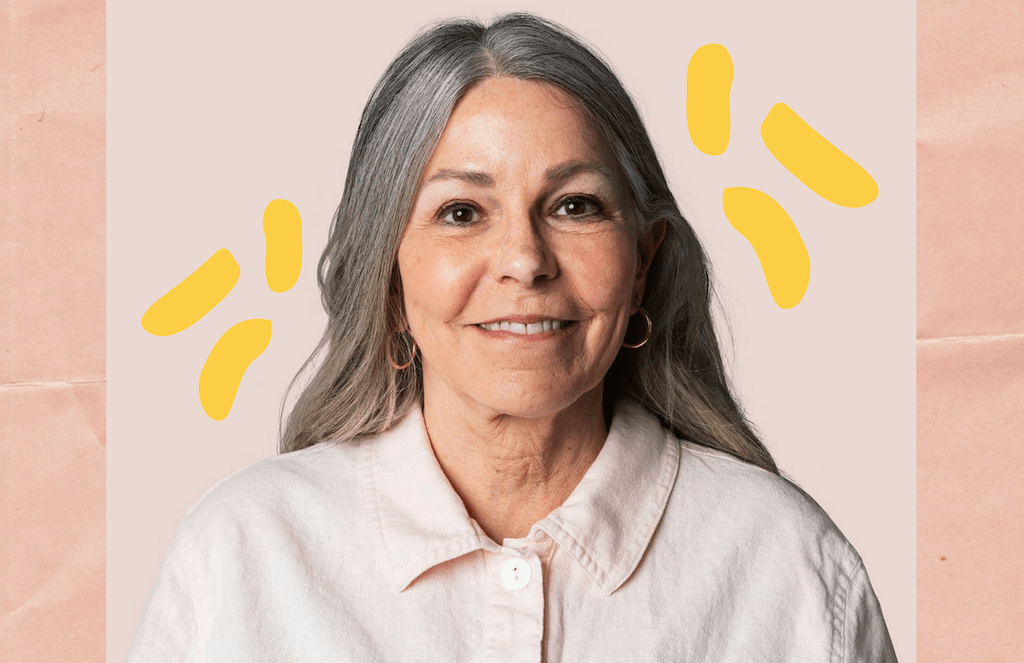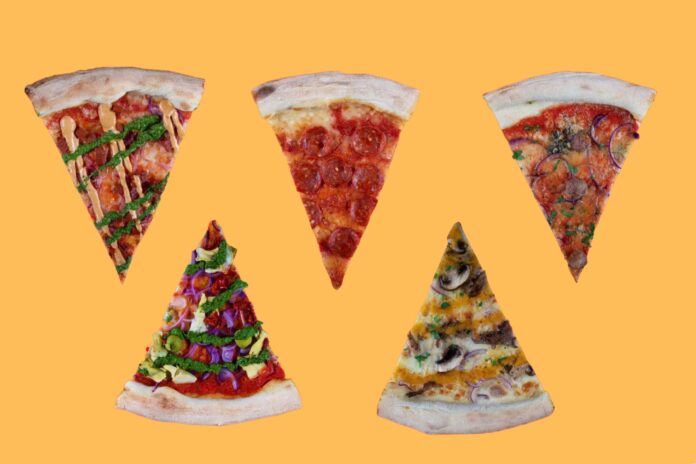Ultrasound therapy – popularly known as Ultherapy – is a procedure which helps refine the appearance of loose or sagging skin. You’ve probably arrived here after reading of Jennifer Anniston or Courtney Cox’s success stories with the procedure (hey, were they handing out discounts on the set of Friends?), and are wondering exactly what the benefits of Ultherapy are over a ‘traditional facelift?
We’re glad you asked. Should you be considering this non-surgical, non-invasive treatment said to kick start collagen production, tighten skin and improve the appearance of fine lines and wrinkles, then you’ve come to the right place to learn more. Here’s the benefits of Ultherapy over a facelift explained.
So, What Exactly Is Ultherapy?
Simply put, Ultherapy (ultrasound therapy) is a non-invasive skin procedure which tightens and lifts the skin of your face and neck, in the hope of reducing visible signs of ageing.
It’s particularly popular with those who can afford it (a full facial treatment can cost in the region of £4000) because of its non-invasive, non-surgical nature, marking it out in stark contrast to a more traditional facelift. Though it might sound like a celebrity-driven fad, its safety has been cleared by the FDA – both for non–surgical facelifting treatment and décolletage wrinkles – with as many as a million of procedures of its kind already having taken place worldwide.
Ultherpay’s use of micro-focused ultrasound energy is believed to increase your natural production of collagen, with the procedure boosting the production of elastin in the face. The treatment is unique in the sense that it harnesses the power of the body’s own regenerative response to gently and gradually lift skin, generally around the face, but also targeting other areas of the body such as arms and stomach.
During the procedure, focused ultrasound energy stimulates the body’s production of new collagen, a natural protein that gives the skin its youthful look, elasticity, and firmness.
Ultherapy is the first and only ultrasound-based device to be approved by the FDA.

Non-Invasive, Non-Surgical & (Relatively) Pain Free
With ultrasound technology, a dermatologist can see and treat the deepest support layers of your skin without having to cut the skin’s surface. This defining, non-invasive element of the procedure is a big plus for those who might be longing for more ‘youthful’ looks but are apprehensive about going under the knife.
But does Ultherapy hurt, we hear you ask? Well, this depends on your tolerance for discomfort. Generally, you might feel a slight heating and tingling sensation on the skin as the probe goes over parts of the decollete, neck, and face, and for some, there can be some moderate pain felt, we won’t lie, but this is only during the procedure; once it’s finished, you won’t feel any discomfort.
Long-Term, Natural Results
Depending on your body’s ability to produce new collagen, you’ll likely start to see some improvements in your face’s tautness within a few days, with the results becoming more pronounced after around the three month mark and lasting as long as your body continues to produce new collagen related to the stimulus of the procedure. According to experts in Dermatology, this usually continues for 12-18 months following treatment.
Because the procedure focuses on stimulating production of a naturally occurring protein within the body, the results, visually, are natural and precise.
No Surgery Needed & No Extended Recovery Time As A Result
Since ultrasound therapy is non-invasive, you won’t require stitches or endure any superficial damage to the skin, making the cutting-edge treatment a good option for individuals who are considering a procedure to improve the appearance of fine lines but who don’t want a face-lift.
Because Ultherapy is non-invasive, your recovery after an in-clinic procedure is virtually immediate. According to the beauty experts at Harper’s Bazaar, ‘’Generally, there is no real downtime, only a mild puffiness for a few days and tenderness for up to a couple of weeks. In very few patients with severely sun damaged skin there may be temporary bruising.”
In some cases, you might need someone to drive you home after the procedure and a short relax on the sofa, but when compared with the recovery time of a facelift – two to four weeks of visible bruising – this is pretty minor.

Foundational Focus
Another alternative to face lifts are laser treatments, such as Fraxel, which work on your skin from the “outside-in” to stimulate collagen.
Ultrasound therapy works a little differently, from the “inside-out’’, bypassing the surface of the skin and penetrating beneath connective skin tissues. Whilst laser treatments stimulate the skin superficially, Ultherapy focuses on the skin’s foundational layers, a few millimetres deeper, achieving more sustainable, profound results in the process.
In doing so, this procedure leaves no scars or marks.
How Should You Prepare For The Procedure?
When compared to a facelift, the preparation for Ultherapy is less comprehensive and more manageable.
That said, you can’t just breeze in to your Ultherapy appointment and expect magic to be worked with a wand. Before the procedure, you need to maintain a stable routine of healthy dieting, exercise, and drinking enough water, so your body is best primed and prepared to produce more collagen.
On the day itself, ensure that you clean your face and remove any makeup before the procedure. Some choose to take anti-inflammatory medication before the treatment to mitigate against any post-procedure swelling, but you should consult with your dermatologist prior to the treatment for advice on this.
In most cases, the procedure takes just 90 minutes, with the chest taking around half an hour and your face between 60 to 90 minutes. Compared to a facelift’s average of two to five hours, this represents a more manageable commitment, time wise.
How Should You Find A Practitioner?
If you’re looking to have Ultherapy treatment in England, first check that the clinic is registered with the Care Quality Commission (CQC).
All independent clinics and hospitals that provide such procedures in England must be registered with the CQC. The CQC publishes inspection reports and performance ratings to help people choose care.
The Bottom Line
More than a fad beloved of the gossip columns, Ultherapy has been making ultrasonic waves in the beauty industry of late. If you’re considering whether to try this procedure or undergo a facelift, then Ultherapy does have some advantages. Not only is it a little more affordable, but since the procedure is non-invasive, it can be completed in a more manageable timeframe with potentially more natural looking results.
Looking for something a little less committal? The answer might just lie in your daily skincare routine. Here’s how to refresh your skincare routine in 7 simple steps, IDEAL for a glowing complexion.





